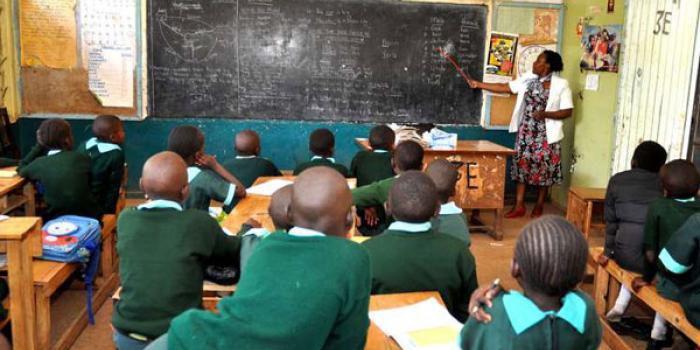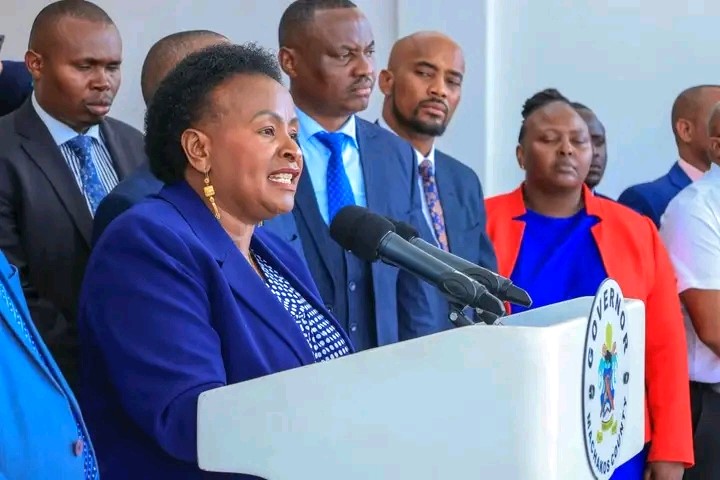Mistakes are inevitable in any learning journey, and they should be treated as stepping stones rather than setbacks. In the educational setting, the tendency to stigmatize errors often impedes students’ growth. Teachers are central to shaping the learning environment and can either reinforce the fear of failure or encourage a culture where mistakes are embraced as part of the process. Normalizing mistakes is vital because it fosters a healthy learning environment, encourages critical thinking, and promotes resilience in students. Teachers who embrace this approach can help students develop confidence, creativity, and a deeper understanding of the material they are learning.
Carol Dweck’s concept of the “growth mindset” provides a crucial framework for understanding why normalizing mistakes is so important. A growth mindset emphasizes that intelligence and abilities can be developed through hard work, effort, and persistence. Conversely, a “fixed mindset” assumes that people are born with a certain amount of intelligence or talent, and their abilities are static. When teachers create a growth mindset culture in the classroom, they help students view mistakes not as failures, but as opportunities for growth and learning.

When mistakes are accepted as part of learning, students are more likely to engage in critical thinking. Encouraging students to reflect on their errors helps them develop analytical skills. When students make mistakes, it offers them an opportunity to question their assumptions, analyze the problem, and rework their approach. This leads to deeper learning because students are not just memorizing facts or formulas but are actively engaged in understanding the underlying concepts.
Teachers play a crucial role in this process. Instead of providing the answers immediately, they can ask probing questions that guide students toward discovering the correct solution on their own. This method of questioning pushes students to think critically about why their answer was wrong and how they can correct it. For instance, if a student struggles with a math problem, a teacher might ask, “What do you think would happen if you tried another approach?” This not only helps the student arrive at the correct answer but also teaches them how to think through problems logically.

Normalizing mistakes also helps students build resilience and confidence. In the real world, failure is a common experience, and the ability to bounce back from it is crucial for success. By allowing students to make mistakes in a safe and supportive environment, teachers help them develop the resilience needed to face challenges beyond the classroom.
In many traditional classroom settings, the focus is often on avoiding mistakes at all costs, leading to anxiety and fear of failure. This can result in students giving up easily when they encounter difficulties. However, when teachers openly discuss the importance of mistakes and model resilience in their own teaching practices, students learn that failure is not something to be feared but an essential part of growth. Teachers can share personal stories of failure and how they overcame it, demonstrating that even experts in their fields have made mistakes and learned from them.
Furthermore, normalizing mistakes encourages students to take risks and try new things. Without the fear of judgment or ridicule, students are more willing to venture outside their comfort zones, explore new ideas, and push their boundaries. This willingness to take risks fosters creativity and innovation, key skills needed in today’s rapidly changing world.
YOU MAY ALSO READ:
Katwanyaa, Athi-River Queens clinch Ksh1M each in Governor Wavinya Cup finals
Strategies for teachers to normalize students’ mistakes include the following:
Provide constructive feedback: Feedback should focus on what students can do to improve, rather than what they did wrong. Teachers can use phrases like, “This is a great start, and here’s how you can make it even better,” to show students that they are on the right track and have room to grow.
Encourage Reflection: After students make a mistake, teachers can guide them in reflecting on what went wrong and what they can do differently next time. Reflection helps students internalize their learning and develop problem-solving skills.

Celebrate effort and progress: Instead of focusing solely on perfect scores or correct answers, teachers should celebrate students’ efforts and improvements. This shift in focus reinforces the idea that learning is about progress, not perfection.
Model mistakes: Teachers can share their own mistakes or intentionally make minor errors during lessons to demonstrate how to handle mistakes with grace. By doing so, they show students that everyone makes mistakes and that it’s okay.
Create a Safe Learning Environment: Students need to feel safe to make mistakes without fear of ridicule or harsh judgment. Teachers can set the tone by fostering a classroom culture of respect, empathy, and encouragement.
Normalizing mistakes as part of the learning process is crucial for fostering a supportive, engaging, and effective classroom environment. When students are not afraid to make mistakes, they are more likely to take risks, think critically, and develop resilience. Teachers have the power to transform how students view their learning journey by encouraging them to see mistakes not as failures, but as valuable opportunities for growth. This shift in mindset will not only enhance academic success but also equip students with essential life skills that will serve them well beyond the classroom.
by Kamomonti wa Kiambati
Kamomonti teaches English and Literature in Gatundu North Sub County.
You can also follow our social media pages on Twitter: Education News KE and Facebook: Education News Newspaper for timely updates.
>>> Click here to stay up-to-date with trending regional stories
>>> Click here to read more informed opinions on the country’s education landscape






